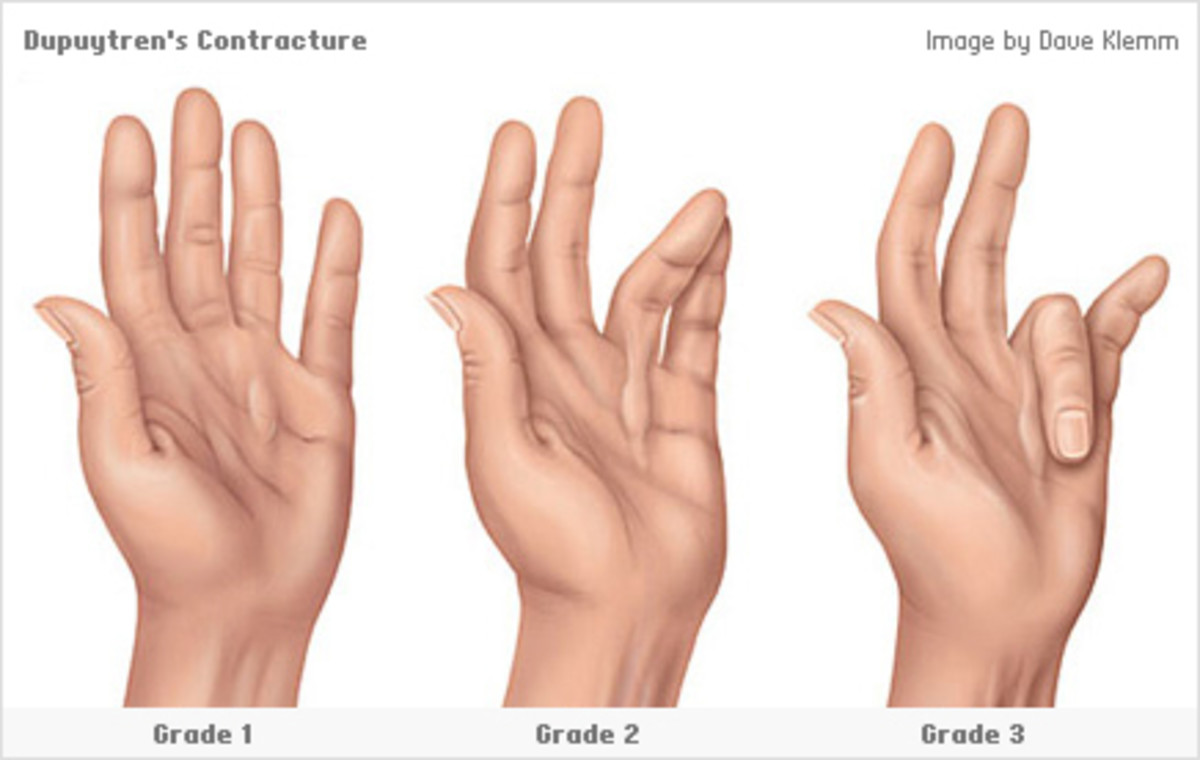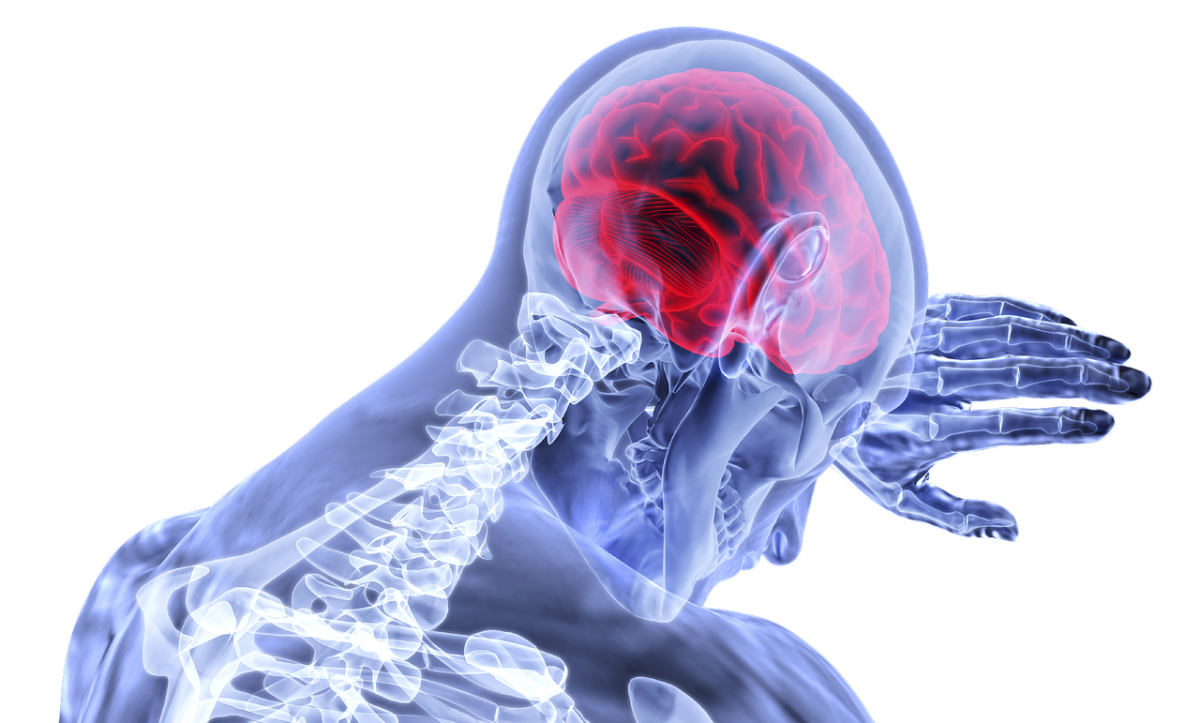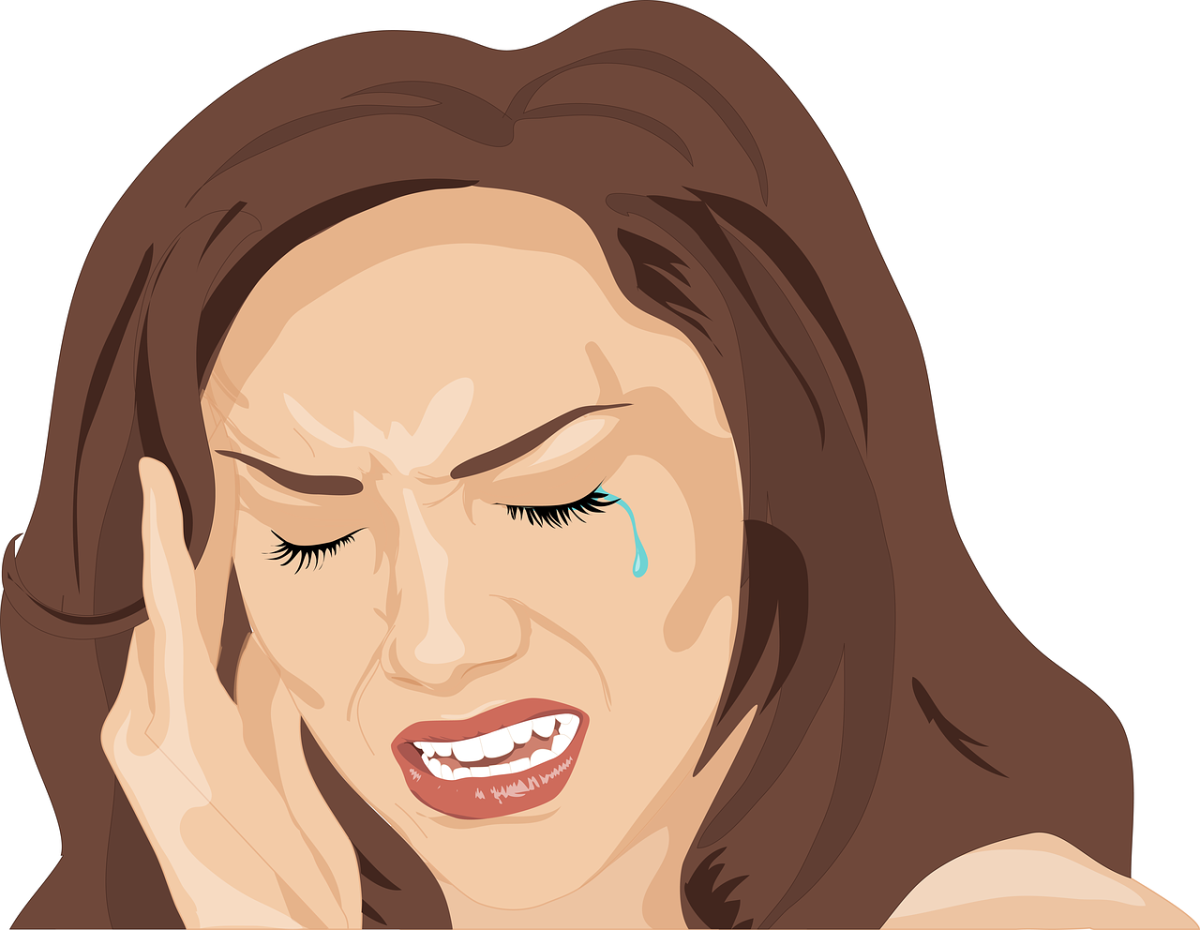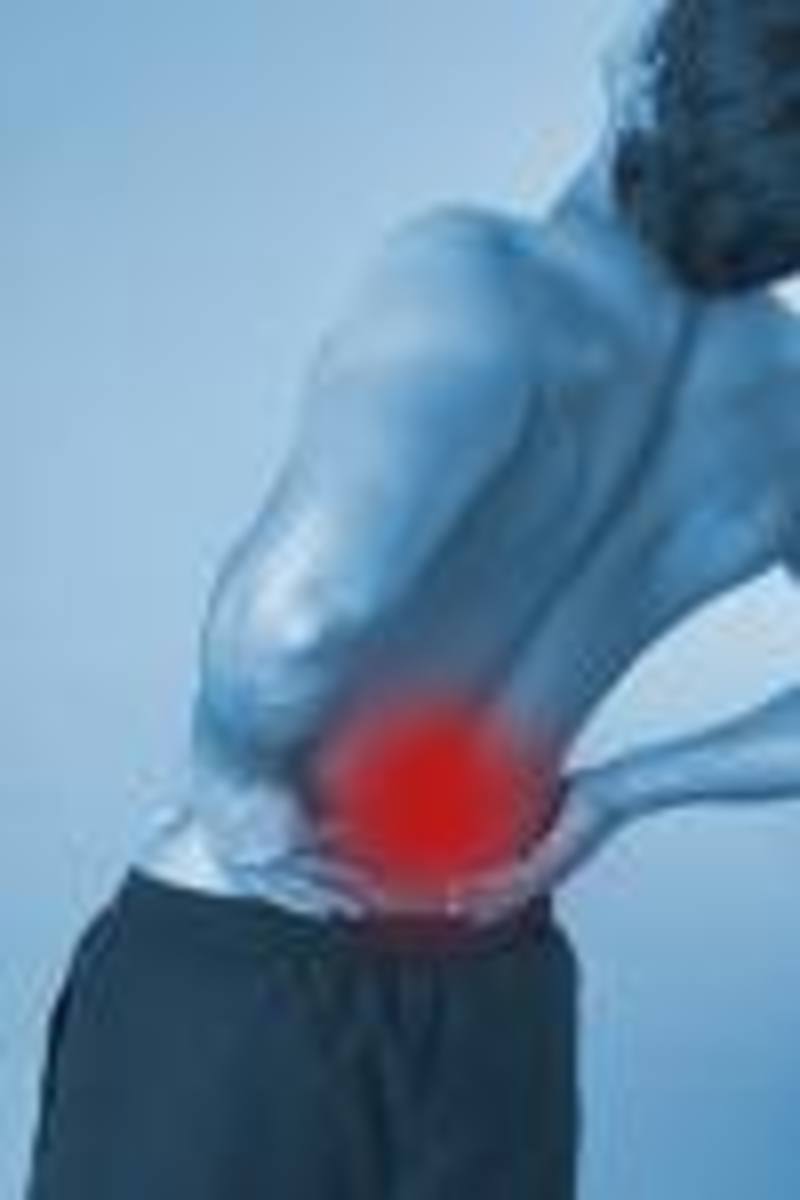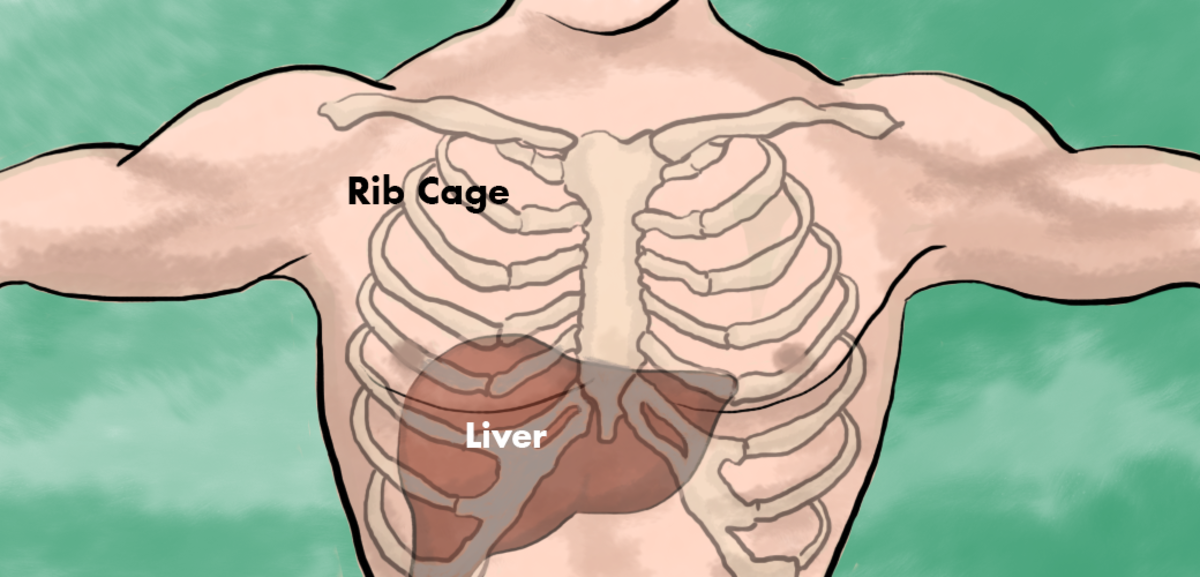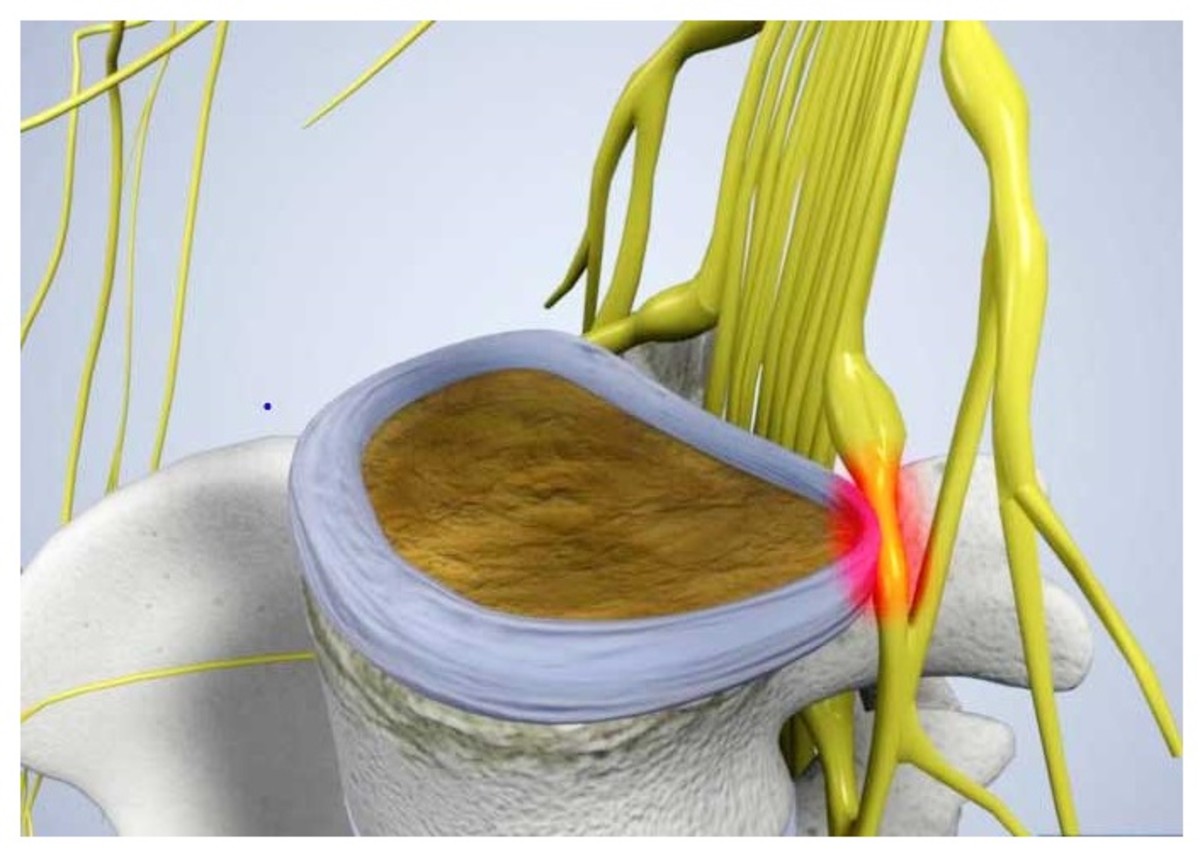- HubPages»
- Health»
- Diseases, Disorders & Conditions»
- Chronic Pain
Relieving Pain: Pain Relief for Americans
Chronic Pain
Over 116 million US adults, more than 1/3 of the population, suffer from a chronic pain condition. That is more than the number of people with heart disease, cancer and diabetes combined. Pain is one of the leading reasons for doctor visits and one of the most common reasons for taking medications. "Pain Relievers" was the most commonly searched medical treatment on WebMD in 2010. Pain creates significant financial and emotional burdens for individuals and families and is one of the major causes of work disability. Severe chronic pain affects physical and mental functioning, quality of life and productivity.
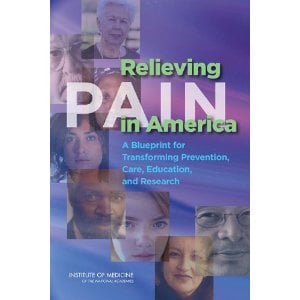
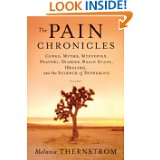
Typically, when a person first experiences pain he will either seek treatment immediately or try to manage the pain on his own at first. If unable to relieve the pain on his own, he will seek treatment. And he should, because pain often serves as warning of some other underlying condition that can be serious; usually an injury or infection.
When the person goes to the doctor, the doctor will usually treat the pain with an analgesic and begin to search for the cause of the pain, based on the assumption that pain is the symptom of another problem .If no underlying cause is found, the doctor then focuses on managing the pain condition and restoring the patient’s health.
Often, no underlying cause is found, treatments fail to bring improvement, and pain continues for several months. Pain progresses to a point that it becomes a condition or disease in itself. A disease is defined as an abnormal condition that impairs or disrupts normal bodily functioning. Pain is considered maladaptive when it continues beyond its role of warning of some underlying condition. Chronic pain, however, causes changes in the nervous system that cause pain to continue. Because of these physiological changes, some types of chronic pain are diseases in their own right. In addition, chronic pain that is untreated can lead to additional problems with anxiety, depression, and increased risk for suicide and substance use disorders.
Patient advocates support the idea that pain is a disease in its own right, and encourage patients to demand that their pain be taken as seriously as any other disease or medical condition, such as asthma, diabetes, and high blood pressure. Understanding the role of pain in signaling injury or infection and how chronic pain can progress underscores the importance of seeking timely and effective treatment for pain.
The Patient Protection and Affordable Care Act of 2010 required that the US Department of Health and Human Services (HHS) collaborate with the Institute of Medicine (IOM) in order to increase recognition of pain as a significant public health problem in the US. A report by the IOM calls for a cultural transformation in the way Americans understand and approach pain management. It finds that pain is not optimally managed in the U.S. and asks that HHS develop a comprehensive plan with the ultimate goal of providing relief to people with pain in America. The IOM report identifies a number of barriers and challenges to effective pain management to be addressed by HHS and recommends implementation of short term goals by the end of 2012 and longer term goals by 2013.
Opioids, such as Vicodin or OxyContin, are often prescribed for the management of severe, chronic pain, but people with pain often have difficulty getting these medications. Physicians are reluctant to prescribe them and pharmacies are reluctant to carry them, for fear of theft and burglaries. Due to an increase in opioid abuse, overdoses and deaths in the past decade, there has been increased regulation and law enforcement related to prescription pain medications for patients, prescribers and pharmacies. As a result, it is often difficult for people who need opioids for pain control to get them, while people using them for non medical reasons are finding them to be readily available.
The IOM report found that between 2000 and 2009, the number of opioid prescriptions dispensed by retail pharmacies increased 48%, while physicians report that they prescribe less than they think is appropriate because of concerns about legal and regulatory repercussions. Medical boards support prescribing of opioids for pain management if properly documented. Board sanctions and legal prosecutions for illegal prescribing are rare; 0.1% of prescribing physicians were sanctioned or charged between1998-2006.
The report determined that the long term benefit of opioid use for pain management is unclear and that there are adverse effects related to long term use of opioids for pain, to include the potential for the development of dependence and damage to gray matter in the brain. There is a need for research to develop alternative medications for the long term care of severe, chronic pain.
In a 2010 online survey by American Pain Foundation of primary care physicians who prescribe opioids “fairly commonly,” more than half (56%) believed their patients did not misuse or abuse their prescriptions, suggesting about half of them did believe this might be a problem. However, a 2009 survey by Substance Abuse and Mental Health Services Administration (SAMHSA) indicated that 5 million Americans used pain relievers non medically the month prior to the survey as a result of a medical prescription.
In a 2010 study of youth drug use and abuse, 1 in 12 high school students reported some non medical use of the opioid Vicodin and 1 in 20 students had used OxyContin. In 2007, the number of deaths from opioid drug use was 14,459 – twice the number of deaths from cocaine and five times the number of deaths from heroin. The 2009 SAMHSA survey also found that there were 2.2 million new users (12 years of age or older) of opioids for non medical purposes; 584, 000 of these new users were non medical users of OxyContin – up 22% from the previous year. More than half of non medical users of prescription pain relievers obtained their drugs free from a friend or relative. They didn’t buy or steal them. Most of the friends or relatives got their drugs from just one doctor and were not doctor shopping for multiple prescriptions. 18% of non medical users got their drugs through a prescription from their own doctor.
The IOM report found that there is a shortage of pain specialists and that general practitioners lack a good understanding of pain management. These factors are barriers to patients receiving effective pain management care. When a person is consumed with severe pain, he or she is vulnerable to misinformation and myths about effective pain management and medications. Increasing availability of qualified pain providers and reducing barriers, providing education to general practitioners and other professionals about effective pain management, and providing education to patients and the general population are some of the ways identified in the report that would help Americans find relief from chronic pain conditions. As the population ages and the prevalence of chronic pain conditions increase, there will be an increased need for effective pain management and information about effective bio-psycho-social treatments for pain.
While the report identifies a need for further medical research, especially for improved medications for medical management of pain, it also encourages multidisciplinary teams that employ non medical methods for managing pain, such as psychological therapies, support groups, massage, and other alternative therapies. It also identifies that there are some people who experience pain but for various reasons do not admit to having pain. The report explores different kinds of pain and sources of pain in different segments of the population and at different times in life. It identifies disparities in medical treatment and pain management in segments of the population.
In summary, the report is a comprehensive examination of the problem of pain and pain management in the United States. It offers specific recommendations for HHS to begin to implement in order to bring relief to 116 million Americans in pain. It is hypothesized, or at least hoped, by this writer that finding effective pain relief will translate to a corresponding reduction in opioid abuse, overdoses and deaths – which is a source of emotional pain for many Americans as well.
- Relieving Pain in America: A Blueprint for Transforming Prevention, Care, Education, and Research -
Chronic pain affects an estimated 116 million American adults and costs the nation up to $635 billion each year in medical treatment and lost productivity. At the request of HHS, the IOM assessed the state of the science regarding pain research, care
- About the IOM - Institute of Medicine
About the IOM: The Institute of Medicine (IOM) is an independent, nonprofit organization that works outside of government to provide unbiased and authoritative advice to decision makers and the public. Established in 1970, the IOM is the health a
- WebMD Pain Management Center - Find pain management information and the latest news on chronic pain
Chronic pain affects an estimated 116 million American adults to some degree. Here you'll find the latest pain management information including treatments, as well as natural ways to manage your chronic pain. - Chronic Pain Health Check - Take the WebMD Chronic Pain Assessment
WebMD Chronic Pain Health Check will guide you through a series of physician-created questions to explore and evaluate your symptoms, treatment, lifestyle, and health history to help you manage your chronic pain better.
Pain Code: Get Pain Under Control Quickly
- Medscape: Medscape Access
I'm Charles von Gunten, Provost of The Institute for Palliative Medicine at San Diego Hospice. I want to talk about getting the pain under control quickly when there's a pain crisis. We've called this a "pain code."
- Column: Pain management: Education is key USATODAY.com
Kevin Pho: With sales exploding, abuse sometimes results, necessitating tighter scrutiny.
Epidemic of Overdoses
- Overprescribed, overdosed
"Prescription painkillers kill 40 Americans every day. Last year, doctors prescribed enough painkillers for every adult in America to take for a month."


